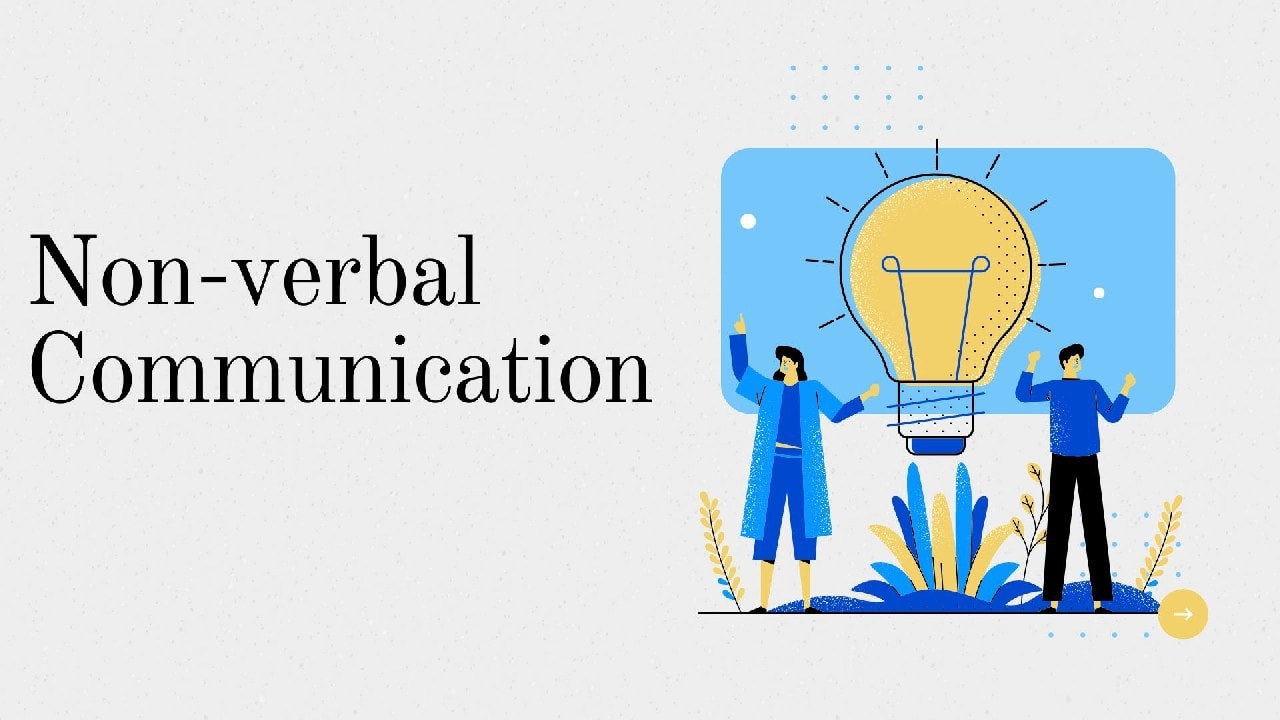Communication is defined as the transfer of thoughts, ideas, emotions, or information from one person to another. Depending upon the methods of transfer, there are various types of communication. One of them is nonverbal communication.
What is nonverbal communication?
The two most powerful types of nonverbal communication are dance and mime. Non-verbal communication is conveying your message through non-verbal behaviours such as signals or clues such as gestures, hand movements, eye contact, and facial expressions. These modes of communication are crucial in understanding illiterate, deaf, or dumb people.
Difference between verbal and nonverbal communication
There is a difference between verbal and nonverbal communication. Verbal communication uses words, while nonverbal communication is done without using words. In our personal life and professional interactions, we use nonverbal communication to a great extent.
Benefits of nonverbal communication
Having insights into nonverbal clues is a great asset to your personality. It improves your interpersonal interaction and strengthens your relationships. It helps overcome cultural and language barriers. Nonverbal communication is important for increasing workplace productivity and efficiency.
Types of nonverbal communication
Eye Contact
The visual sense is highly important for us to communicate. Eyes are the most powerful communication tool. Eye contact is an integral part of visual communication. The eyes convey an array of emotions and expressions, including love, hate, trust, anger, attraction, warmth, forgiveness, sorrow and so much more. Proper eye contact is essential to keep the conversation going.
Facial Expressions
The human face is a powerhouse of expressions. A smile is a sign of happiness. The raising of eyebrows expresses curiosity. Twisted lips signify dislike. Various facial expressions convey various emotions. Some of the facial expressions such as anger, surprise, joy are universal, across class, creed, and cultures.
Body Language
Some celebrities, leaders, or influencers have exceptional body language. The way people sit, talk, hold their head, walk or stand, says a lot about their personalities and qualities. Reading body language as nonverbal communication is an art as well as a science.
Gestures
Look at the people around you and you will discover many gestures. The shopkeeper is waving his hand while bargaining. A student is nodding while speaking on his mobile. A couple is taking a selfie. Gestures are one type of non-verbal communication. They are a part and parcel of our daily life. Different gestures have different meanings, in different situations, across different cultures and countries.
Para-linguistics
During a thriller movie, you get scared even by the creaking of a door. The call of your friend makes you jump with joy. The tone of a child conveys his irritation. The meaning of para-linguistics is the vocal communication not included in the language, such as pitch, tone, the loudness of the voice, etc.
Touch
Touch is an important mode of nonverbal communication. It showcases support, trust, love, attention, and loads of other emotions. A pat on the back signifies encouragement. A handshake says you are friends with the other person. A firm grip denotes strong support and so on.
Space
A sense of a physical space is very essential for better living. Nobody likes an intrusion on his or her physical as well as mental space. Everyone needs a healthy and harmonious space. The space can be an effective tool for nonverbal communication. It can be used to convey warmth, dominance, intimacy, or comfort.
- Some other types of nonverbal communication are:
- Time including time frames, pauses, punctuality, etc.
- Physical characteristics such as eye color, height, dressing style, and so on
- Silence and staring
Giving gifts or showcasing artifacts such as tattoos, sunglasses, or accessories
Peter Drucker, the Father of Management has said that “The most important thing in communication is hearing what isn’t said.” It says how important nonverbal communication is in our lives.




